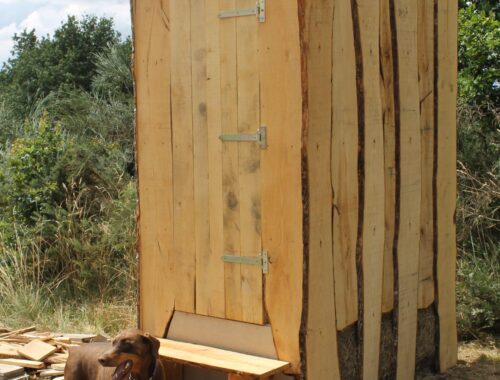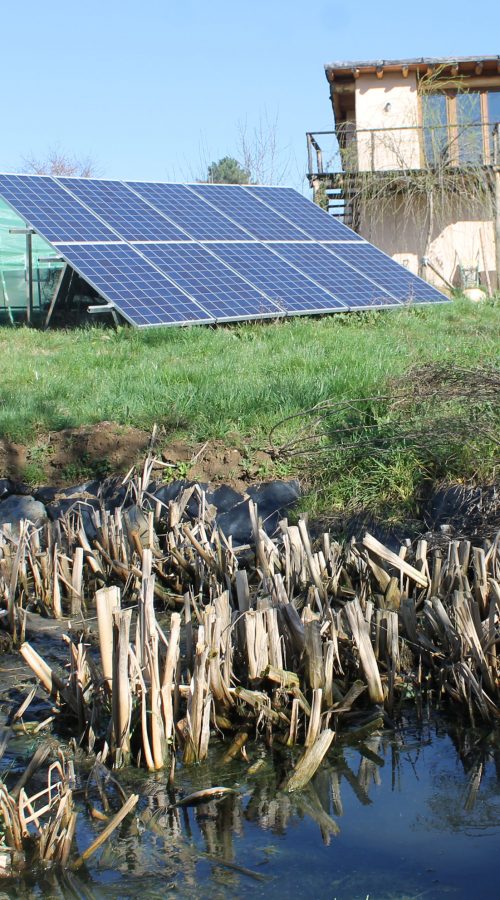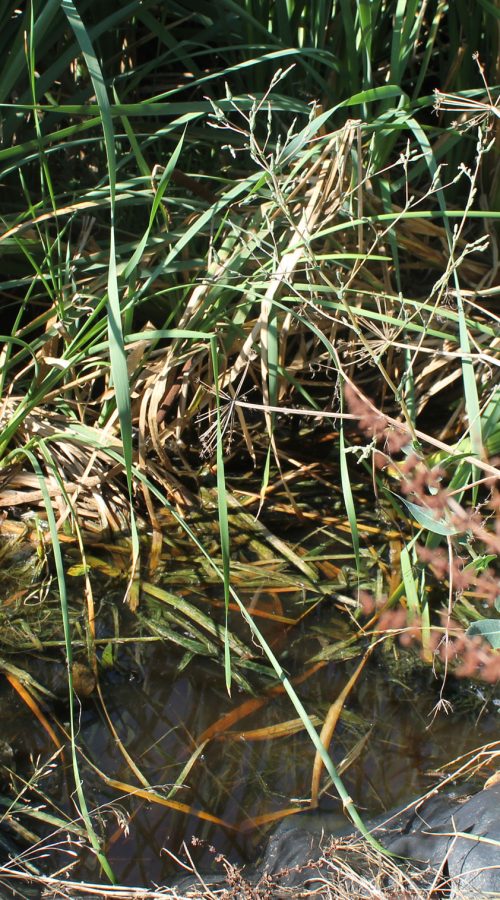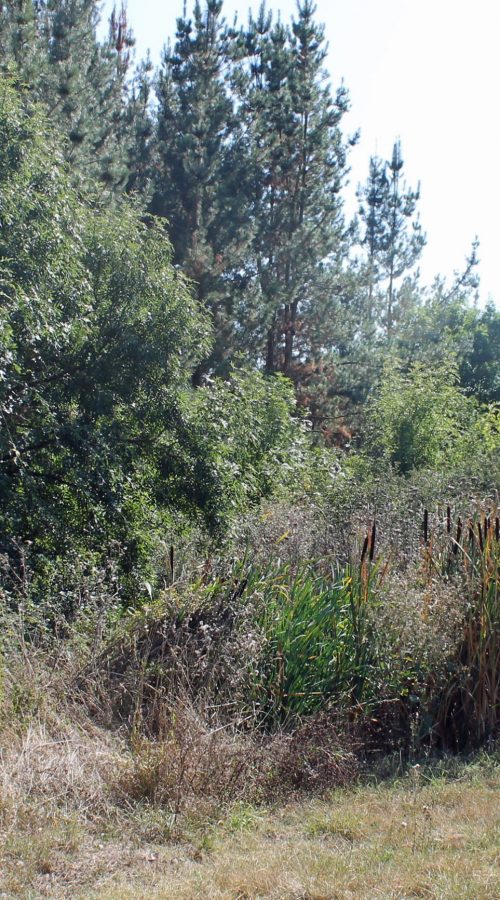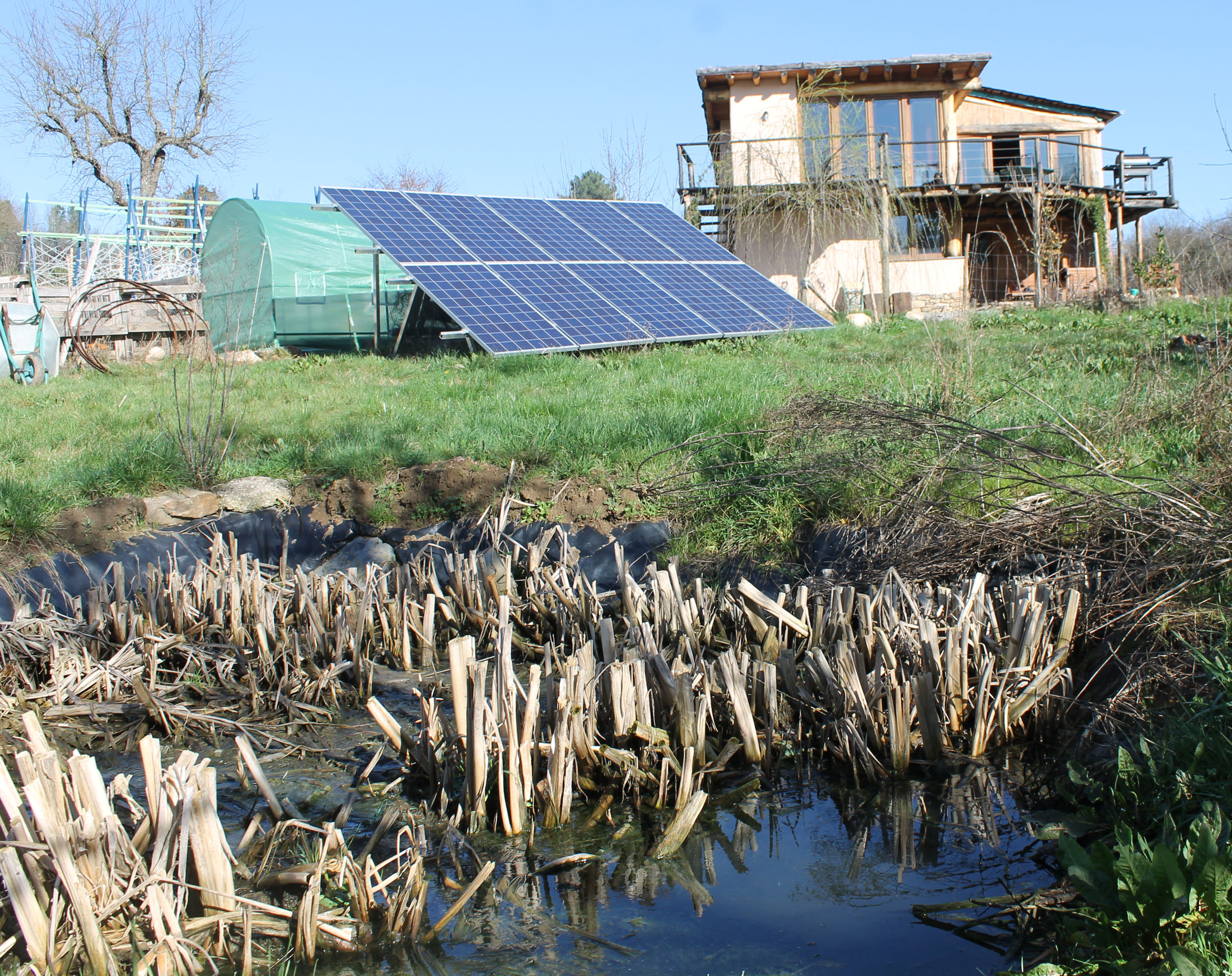
Waste Water Reed Bed
Convenience or freedom?
As off-gridders we have to deal with our own shit, quite literally, as well as waste and grey water. There are many systems out there, but every system I researched seemed overly complicated, labour intensive and expensive. So we found our own solution that was cheap, effective and maintenance free – so far.
There is no public sewage system in this area of rural Ophiussa. Most of the houses have some form of septic tank. We did not want to go the septic tank route, as we don’t like the idea of waste sitting in a tank somewhere on the property and having to have a truck come and pump it out, only to put it who knows where. Our aim is to reduce our reliance on public systems, third parties and conveniences that cost us our freedom as much as possible, as that is not the reality we choose to live in. Plus, we don’t have municipal water and it is absurd to even think of using solar or battery power to pump water from the well to flush the toilet!
Compost toilet biochar
We are now in our seventh year of compost toilets (we use Biolans, which are much more comfortable than a bucket) and dealing with the solid waste is no problem. It goes in a dustbin for a few months and then goes to the compost bins where it is mixed with wood shavings and chicken poop from the coop, charcoal from the stove and barbecue, vegetable waste and grass clippings. This gives us a great supply of biochar and the garden beds are well-nourished. Flushing toilets now seem to be such a waste!
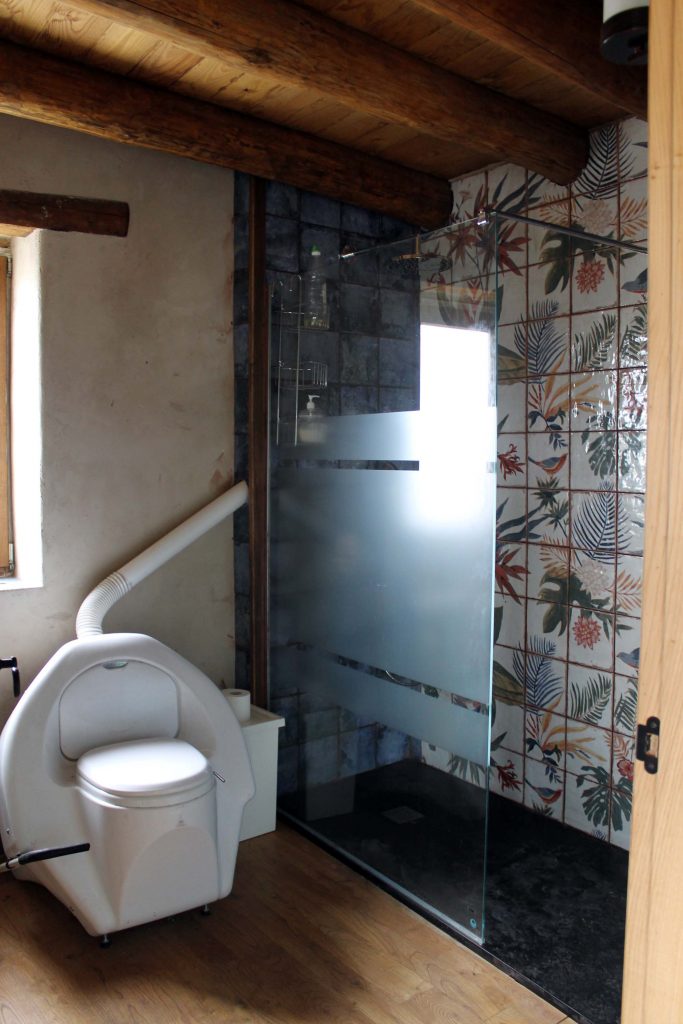
Reed bed construction
We decided on a reed bed for the house, to deal with all our waste water – grey water from the bathrooms and the washing machine, waste water from the kitchen, as well as urine from the two toilets. This can get complicated too. Most systems require syphoning off urine to a separate tank and diluting it before putting it somewhere else and separating kitchen waste water from grey water. The concern is for health and hygiene, smells, animal infestations etc. Our nearest neighbours are at least 500M away, so we decided to try a very basic solution and take our own risks with health and hygiene etc.
We dug a pit around 30M from the house, 4 x 4 metres and 1 metre deep. We put in a heavy duty pond membrane and 25cm of gravel and 30-40 bulrushes (typha latifolia). When we plumbed the house we set it up so that all the kitchen water, grey water and urine goes first into a mini holding tank (around 30cm squared) under a manhole cover, where it mixes together naturally before flowing out to the reed bed. There is a slight incline from the house to the reed bed, so we did not have to worry about potential back-flow. We don’t need to filter the water for use on the garden, so that eliminated another complication. We made a slight dip in the far corner of the pit for overflow, which leads to a small pine woods, but it’s never overflowed.
We´re now in our fourth year with this system, with no problems whatsoever. One contributing factor is that we don’t use detergents or chemicals, apart from dishwasher soap. I make our body wash and shampoo using natural ingredients and we use laundry magnets and essential oils for washing clothes. The reed bed has no problem breaking down fats in kitchen waste water and seems quite happy to feed on the urine – it doesn’t smell at all, even in the height or summer, it doesn’t attract mosquitoes or other pests. In fact, it is so efficient that frogs take up residence in spring and summer.
 Reed bed in summer
Reed bed in summer Reed bed in winter
Reed bed in winter Clear water in the reed bed
Clear water in the reed bed Reed bed from the house
Reed bed from the house
The Bearings
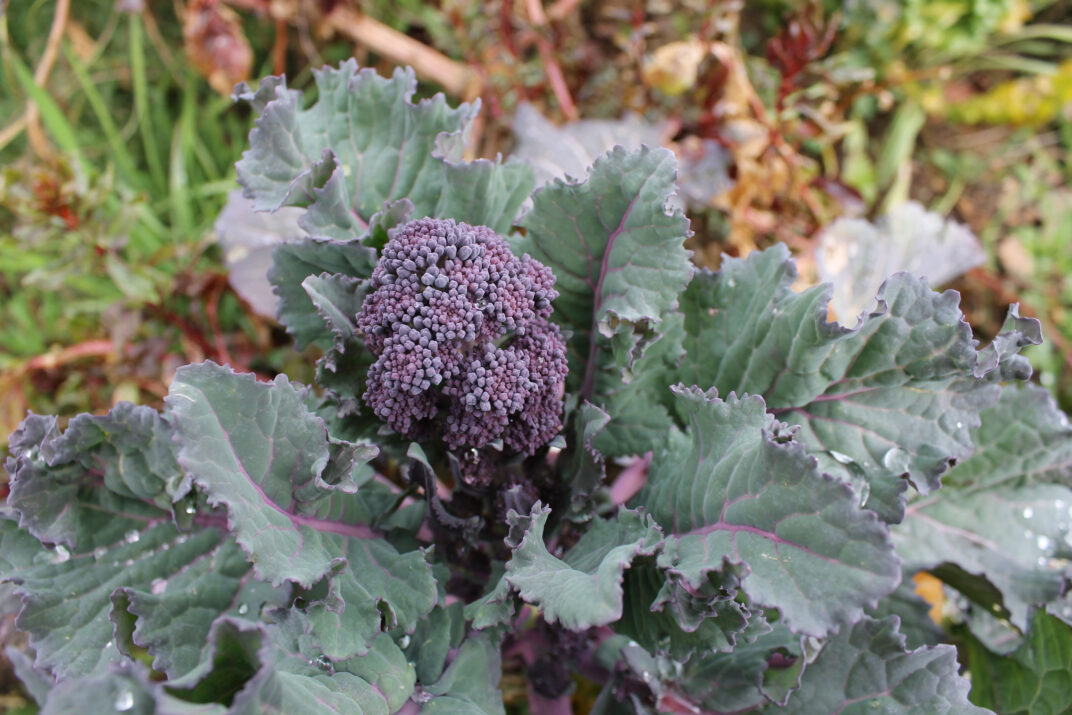
Broccoli Medicine
You May Also Like
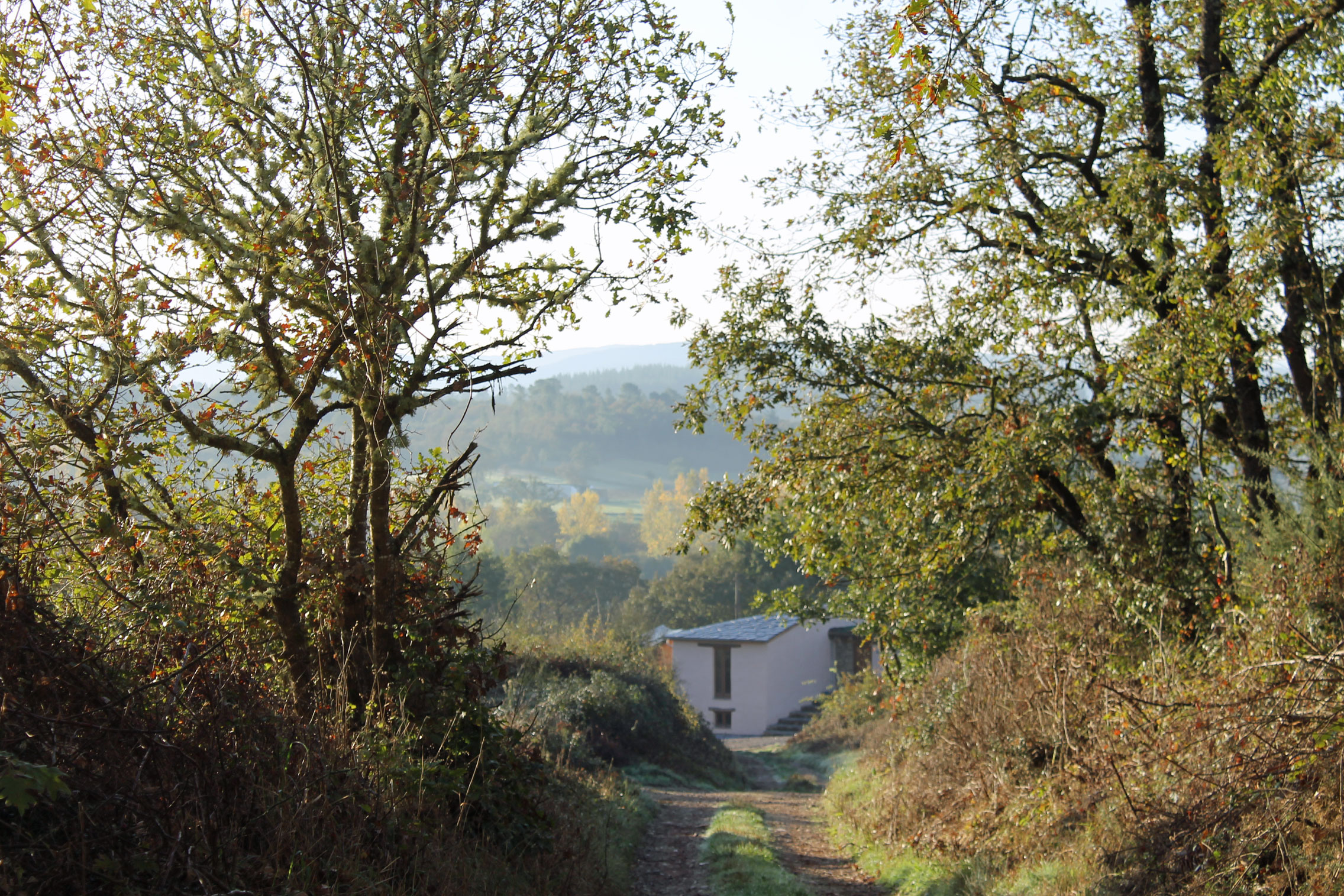
Eco-house build
January 31, 2019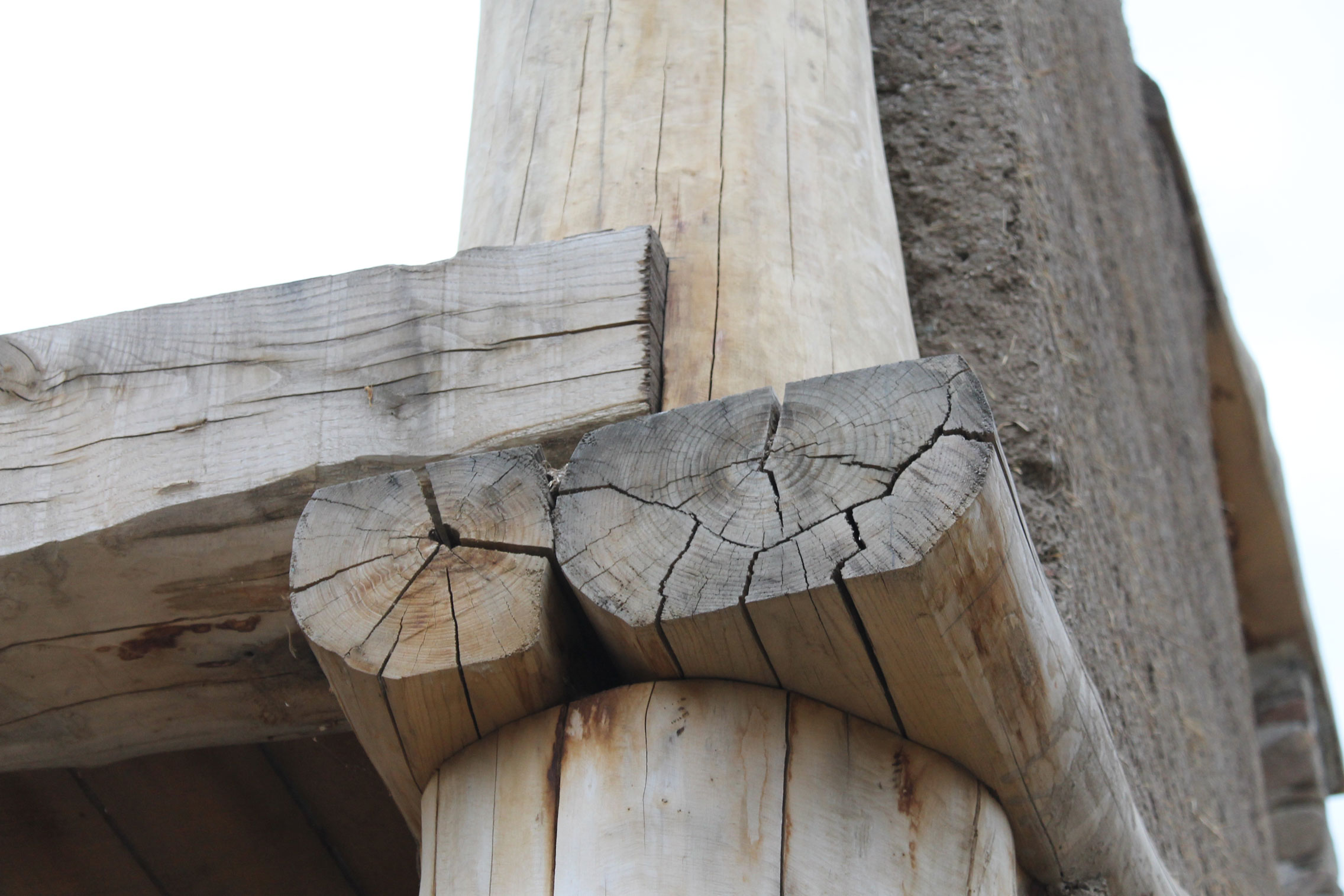
Chestnut pillars
September 12, 2015